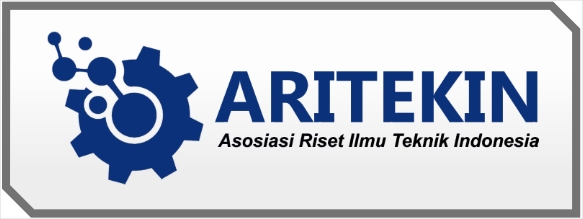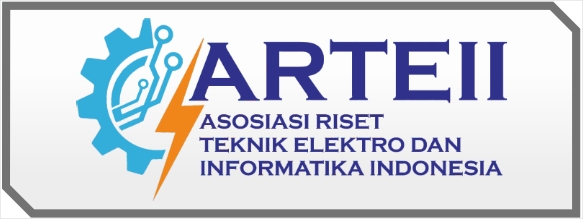Rancang Bangun Prototipe Pengisian Air Expansion Tank Berbasis IoT
DOI:
https://doi.org/10.59581/jkts-widyakarya.v2i3.3842Keywords:
Expansion Tank, Microcontroller, Internet of Things, AutomationAbstract
The shipping industry faces challenges in reducing environmental impact and increasing operational efficiency. Among them are the expansion tanks on ship engines which play an important role in maintaining the pressure and water quality of the engine cooling system, which is still run manually on some ships. This can result in the risk of engine damage due to overheating or unstable pressure. Manual water filling that requires crew supervision can cause operational instability. This research designed a prototype of an automatic water filling system for expansion tanks, using microcontroller-based automation technology and an Internet of things system to make monitoring easier. This system aims to increase efficiency and reduce the risk of engine damage, thereby supporting the sustainability of ship operations in the future. In the trials that have been carried out, this tool is able to operate the expansion tank filling automatically and efficiently. The distance sensor used has high accuracy with a largest error of 1.6%, and an average error of 0.01%. Integration with the Internet of Things system can run well and reliably with 100% success and latency of 0.5 – 1 second. The system's overall success rate is 80%. So the system can be used in real working conditions
References
Alfaro Tamasoleng, R., Allo, E. K., & Wuwung, J. O. (2021). Rancang bangun alat monitoring nilai air pada kolam renang berbasis IoT. Jurnal Teknik Elektro Universitas Sam Ratulangi, 01, 1–7.
Azhar, A. R., Setiawan, D. A., Yasmin, N. A. A., Putri, T. A., & Nama, G. F. (2024). Sistem monitoring kapasitas air dan pengisian otomatis berbasis IoT menggunakan modul ESP8266. Jurnal Informatika Dan Teknik Elektro Terapan, 12(1), 218–228. https://doi.org/10.23960/jitet.v12i1.3966
Fatturahman, faizal, & Irawan, I. (2019). Monitoring filter pada tangki air menggunakan sensor turbidity berbasis Arduino Mega 2560 via SMS gateway. Jurnal Komputasi, 7(2), 19–29. https://doi.org/10.23960/komputasi.v7i2.2422
Irvawansyah, I., & Rahmansyah, A. A. (2018). Prototype of monitoring and control system of SCADA-based water tank level. JTT (Jurnal Teknologi Terapan), 4(1), 27–32. https://doi.org/10.31884/jtt.v4i1.88
Muizz, M. N. F., & Supriatno, B. (2019). Rancang bangun pengendalian level air otomatis pada tangki dengan servo valve berbasis PID controller. Teknik Elektro, 8(1), 155–162.
Permana, A., Triyanto, D., & Rismawan, T. (2017). Rancang bangun sistem monitoring volume dan pengisian air menggunakan sensor ultrasonik berbasis mikrokontroler AVR Atmega8. Coding Jurnal Komputer Dan Aplikasi Untan, 03(2), 76–87.
Ulumuddin, U., Sudrajat, M., Rachmildha, T. D., Ismail, N., & Hamidi, E. A. Z. (2017). Prototipe sistem monitoring air pada tangki berbasis internet of things menggunakan Nodemcu ESP8266 sensor dan ultrasonik. Seminar Nasional Teknik Elektro 2017, 2016, 100–105. https://doi.org/978-602-512-810-3
Wisjhnuadji, T., & Fauzi, I. (2017). Monitoring ketinggian dan suhu air dalam tangki berbasis web menggunakan Arduino Uno & Ethernet shield. Bit, 14(1), 39–44.
Yelvita, F. S. (2022). No title. הכי קשה לראות את מה שבאמת לנגד העינים. הארץ, 8.5.2017, 2003–2005.
Yuliaminuddin, V., Krismes, & Bintoro, J. (2021). Prototipe sistem kontrol dan monitoring pada tangki air berbasis internet of things. Autocracy: Jurnal Otomasi, Kendali, Dan Aplikasi Industri, 7(1), 27–34. https://doi.org/10.21009/autocracy.071.5
Downloads
Published
How to Cite
Issue
Section
License
Copyright (c) 2024 Jurnal Kendali Teknik dan Sains

This work is licensed under a Creative Commons Attribution-ShareAlike 4.0 International License.













